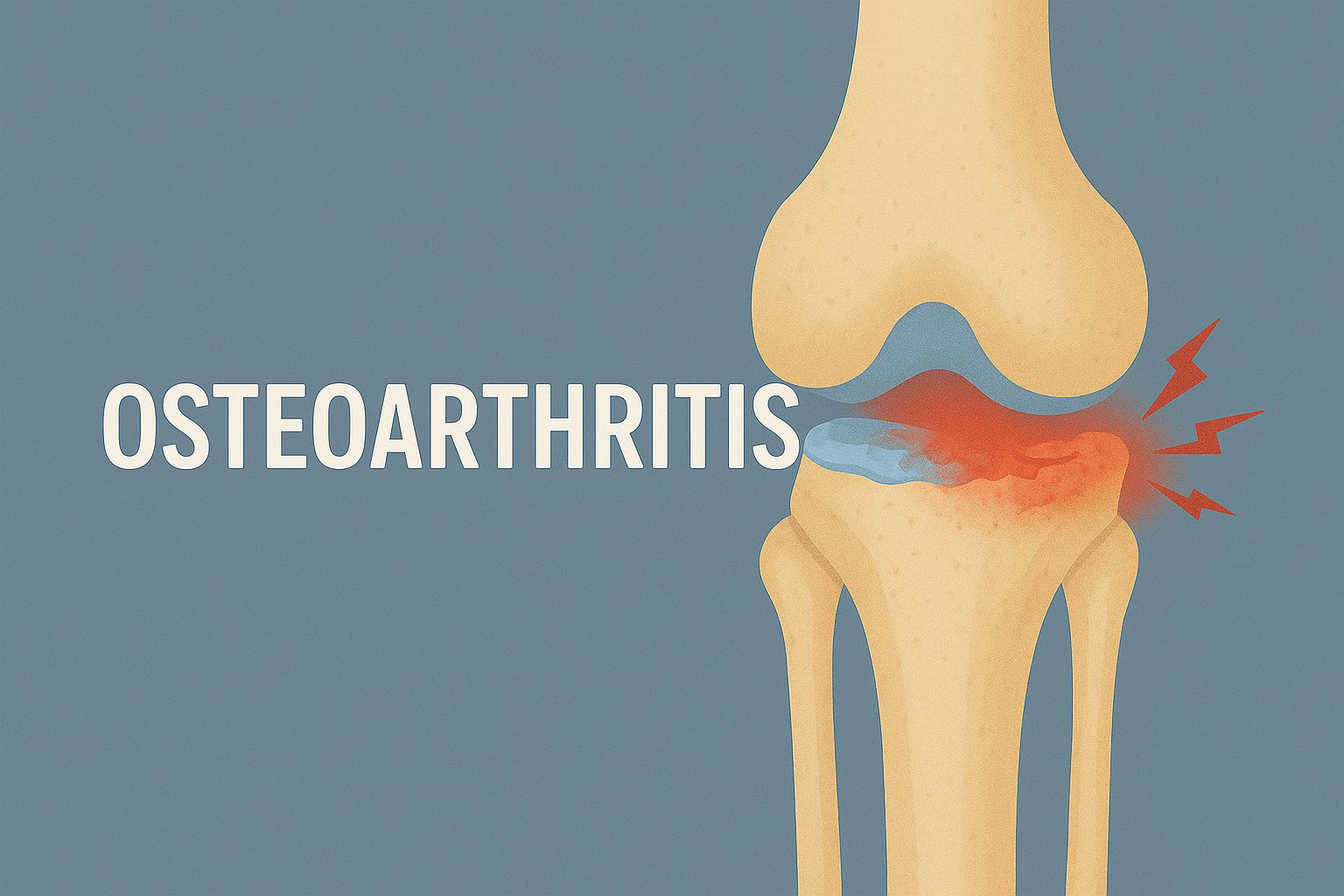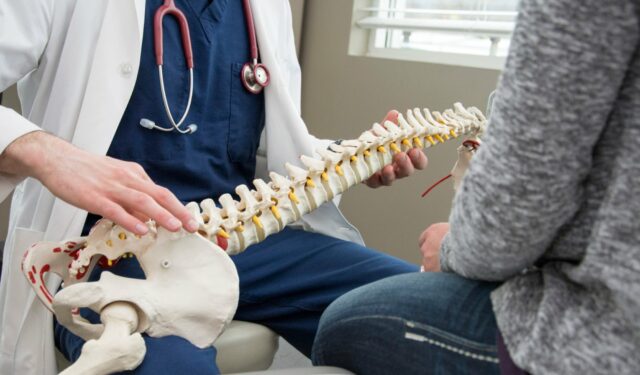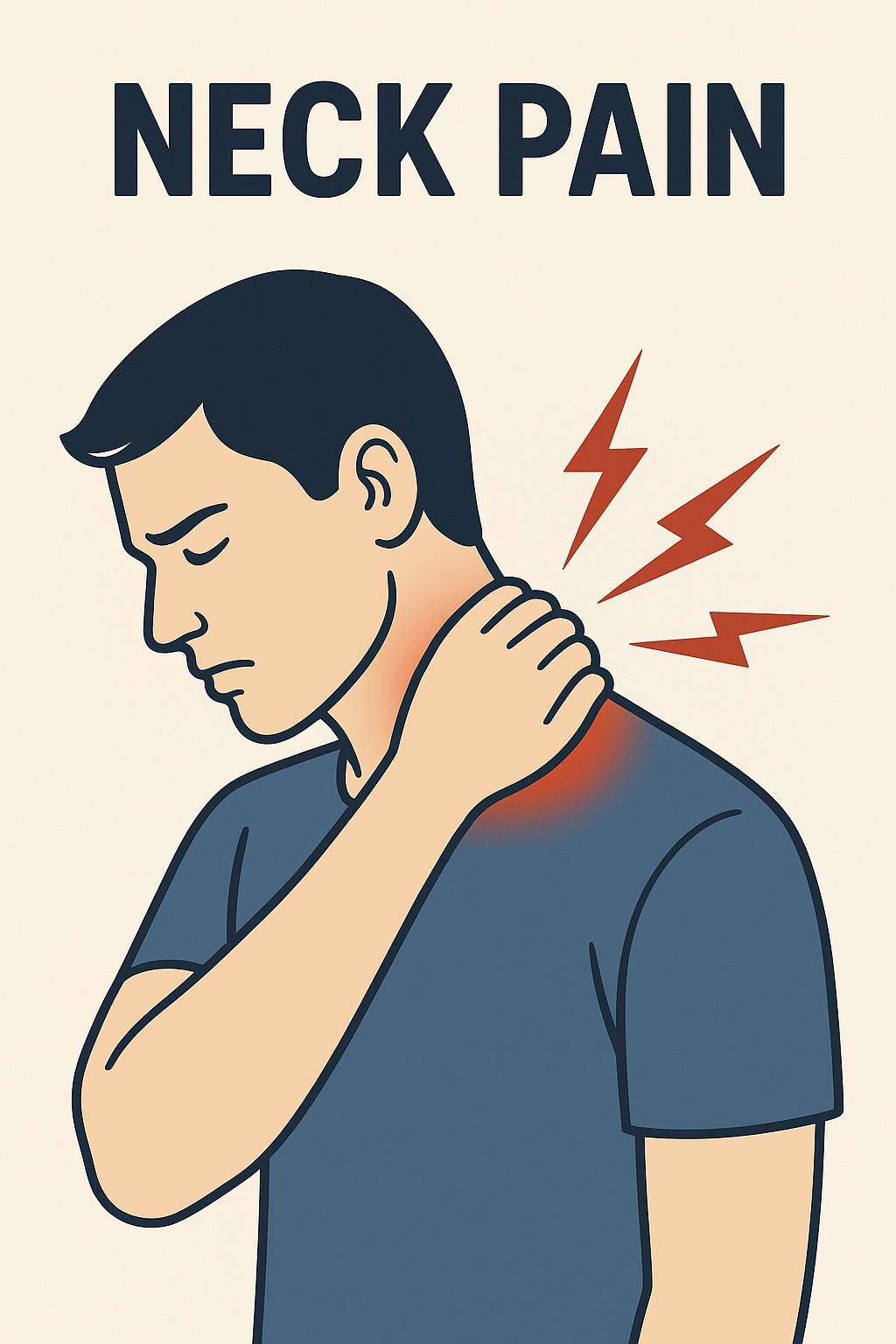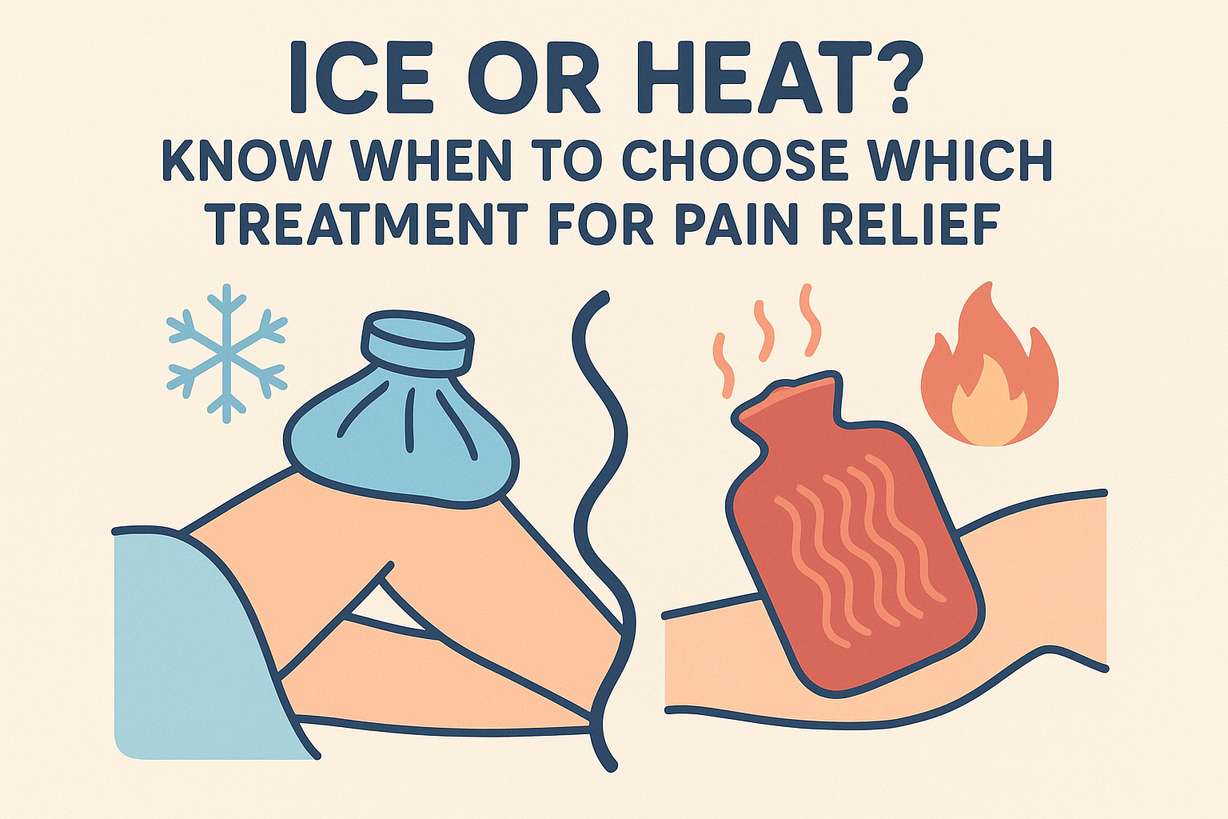Symptoms of SI Joint Sprain
Localised pain near the dimples of the lower back
Pain in the buttocks, groin, or front of the thigh
Pain that spreads down one leg (often mistaken for sciatica)
Worsens when sitting, bending, or standing on one leg
Relief when lying down
In most cases, there’s no numbness or tingling. If nerve symptoms are present, your chiropractor will rule out disc involvement or other causes.
Diagnosing SI Joint Issues
Your chiropractor will assess your posture, movement, and muscle control, and will manually test the joint for restriction or excess motion. If the condition has been present for a long time or if other medical concerns are suspected, an X-ray may be used to rule out other causes. However, the diagnosis of SI joint sprain is made clinically — imaging can support, but not confirm, the diagnosis.
Chiropractic Treatment
Chiropractic care is highly effective for SI joint dysfunction. Treatment usually involves a combination of spinal and pelvic adjustments, stretching, and stabilisation exercises. Over time, the goal is to reduce inflammation, restore joint function, and prevent flare-ups. Your chiropractor may also offer advice on posture, walking, and exercises to improve spinal support.
Why SI Joint Pain Often Returns
When ligaments heal after injury, they form scar tissue, which is weaker and less elastic. This increases the risk of reinjury. Even after the pain subsides, the deep stabilising muscles around the joint can remain weak, making it more likely the problem will come back unless strengthened properly.
How to Prevent Recurrence
The best way to prevent SI joint pain from coming back is to improve your core and glute strength, maintain good posture, and follow your chiropractor’s rehabilitation plan. Avoid long periods of sitting, learn proper lifting techniques, and stay active with exercises that support your spine and pelvis.
When to Seek Help
Get checked if you:
Have ongoing lower back or buttock pain
Feel pain when bending, sitting, or walking
Had previous back issues or injuries
Are pregnant and experiencing pelvic pain
Have tried rest or painkillers with little success
Bottom Line
SI joint sprains are common, but very treatable — especially with early diagnosis and the right chiropractic care. Left untreated, they can lead to chronic pain and ongoing flare-ups.
Don’t wait. The sooner you get assessed and start treatment, the faster you’ll recover and get back to normal life.




